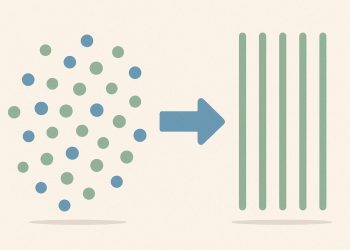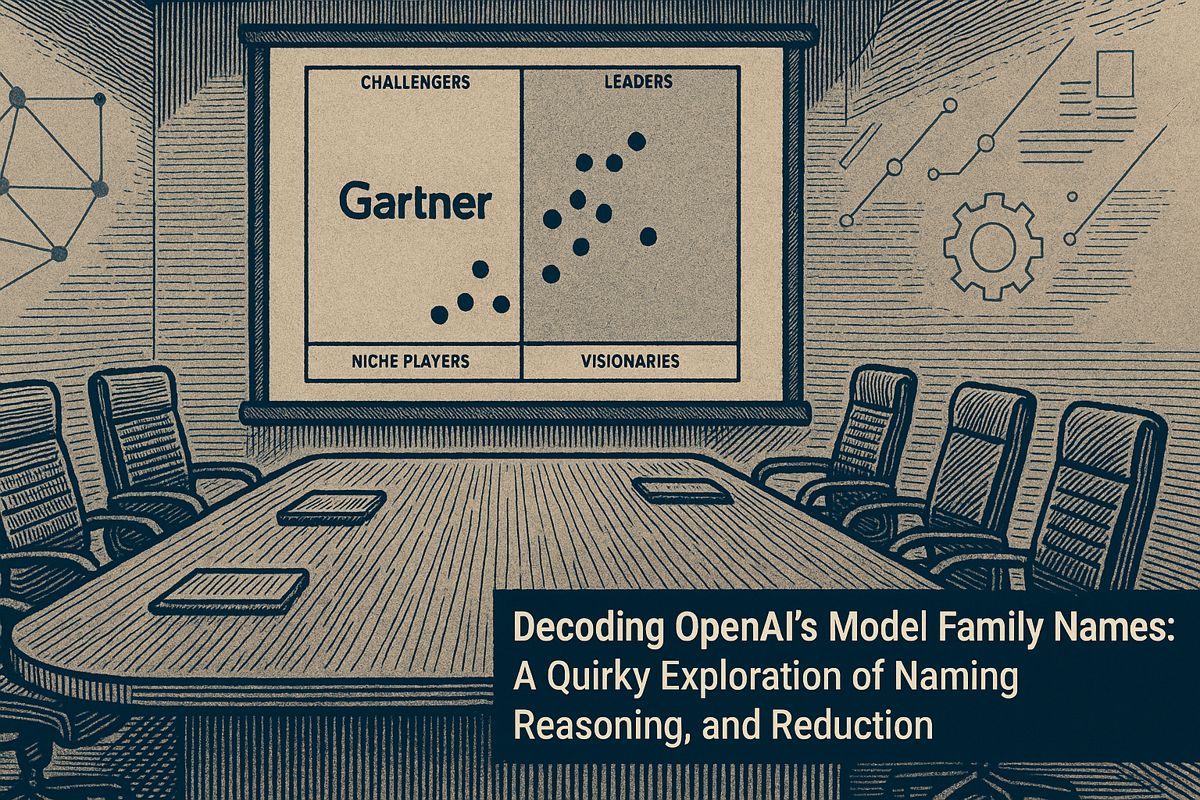GLM-4.5 is a powerful open-source AI built by Z.ai that helps businesses automate tricky tasks, like logical thinking, writing code, and doing jobs on its own. With smart features like switching between deep thinking and quick answers, and an affordable price, it quickly stands out among other AI models. It can handle lots of information at once, works fast, and even understands images without extra cost. Companies using GLM-4.5 have already saved time and effort, like cutting compliance work by more than a third. Soon, more special versions for fields like finance and health care are expected, making this AI even more helpful.
What is GLM-4.5 and how is it reshaping enterprise automation?
GLM-4.5 is a 355-billion-parameter open-source AI model by Z.ai, specializing in deep reasoning, reliable code generation, and autonomous task execution. With dual-mode reasoning, agent-native architecture, and competitive pricing, it empowers enterprises to automate complex tasks efficiently and cost-effectively.
Since late July 2025, GLM-4.5 has quietly become one of the most watched open-source releases behind the Great Firewall, yet its ripple effects are already reaching global build teams. Built by Beijing-based Z.ai (formerly Zhipu AI), the 355-billion-parameter Agentic, Reasoning, Coding (ARC) Foundation Model targets the trifecta that most enterprises still struggle to automate: deep reasoning, reliable code generation, and autonomous task execution.
What changed on July 28, 2025
- Dual-mode reasoning: users can toggle a “thinking” layer for multi-step logic or drop to “non-thinking” for low-latency answers
- Agent-native architecture: perception, planning, and action are wired into the transformer itself, not bolted on via external tools
- Cost reset: at $0.57 per million input tokens and $2.15 per million output, pricing sits below DeepSeek-V3 and roughly 50× cheaper than Claude 3 Opus
Performance snapshot (August leaderboards)
| Benchmark | GLM-4.5 | DeepSeek-V3 | GPT-4.1 |
|---|---|---|---|
| SWE-bench Verified | 64.2 % | 59.7 % | 68.1 % |
| TerminalBench | 37.5 % | 34.0 % | 45.3 % |
| AgentBench (avg) | # 3 global, # 1 open-source | #4 | #2 |
Source: Artificial Analysis and InfoQ coverage.
Why developers notice
- Context window: 130 k tokens, enough for an entire mid-size repo diff
- Inference footprint: only 32 B parameters are active per forward pass thanks to MoE sparsity, so an eight-GPU H20 node can serve the full model
- Vision sibling: GLM-4.5V (released August 5) adds native image understanding *without * increasing token cost for text-only queries
Early enterprise sightings
- A Shanghai fintech uses GLM-4.5-Air (106 B variant) to auto-generate compliance reports from raw trading logs, cutting analyst hours by 38 %.
- A European SaaS start-up embedded the weights (via Hugging Face) into a VS-Code extension that drafts full-stack pull requests; median human review time dropped from 42 min to 11 min in A/B tests.
Roadmap hints
Z.ai has not published a full 2026 roadmap, but ShorelineGLM – a coastal-restoration vertical model spun out of GLM-4.5V – already shows the team is willing to distill the base weights into narrow, high-impact branches. Expect similar vertical forks for finance and health care before year-end.
Model weights, vLLM configs, and the permissive MIT license are all live for anyone who wants to benchmark locally; the commercial API from Z.ai remains the fastest route for SaaS builders who prefer not to host.
FAQ: What exactly is GLM-4.5 and why is it different from other LLMs?
GLM-4.5 is an open-source family of 355-billion-parameter foundation models launched by Z.ai on July 28, 2025. Unlike general-purpose LLMs, it is purpose-built as an Agentic, Reasoning, and Coding (ARC) engine: it natively embeds autonomy, long-horizon planning, and multimodal understanding into the same architecture. This means one model can reason through a complex prompt, write the required code, and execute the workflow end-to-end without external scaffolding.
FAQ: How does GLM-4.5 perform against GPT-4.1, Claude 4 and Gemini 2.5 Pro?
Benchmark snapshot (August 2025)
– Global ranking: #3 across 12 international leaderboards, #1 among open-source and Chinese models.
– Coding: 64.2 % SWE-bench Verified, beating Claude-4-Sonnet and Kimi K2.
– Cost: $0.57 per million input tokens and $2.15 per million output tokens – roughly 50× cheaper than Claude 3 Opus.
– Speed: 62 tokens/sec generation, 0.59 s time-to-first-token.
While GPT-4.1 and Gemini 2.5 Pro still edge ahead on multimodal English tasks, GLM-4.5 delivers comparable performance at open-source pricing.
FAQ: Can I run GLM-4.5 in-house, and what hardware do I actually need?
Yes – the model is fully open-source under MIT licence.
– Download: weights are on Hugging Face and ModelScope.
– Minimum spec: the Mixture-of-Experts version activates only 32 B parameters per forward pass, so 8× Nvidia H20 GPUs (or equivalent 80 GB cards) can serve a production instance.
– Cloud fallback: Z.ai’s own API mirrors the open-source weights and charges $0.96 blended per million tokens.
FAQ: Which companies are already deploying GLM-4.5 for enterprise automation?
Early adopters span fintech, marine science and enterprise productivity:
– Yusys Technologies – integrated GLM-4.5 into its banking automation stack for risk-report generation.
– Third Institute of Oceanography – co-developed ShorelineGLM, a vertical restoration-planning agent.
– Start-ups & consultancies use the model for slide-deck auto-generation and full-stack micro-service scaffolds.
Across the board, users cite 2-4× faster prototyping versus fine-tuning smaller models.
FAQ: What is on the 2025-2026 roadmap for the GLM-4.5 family?
Z.ai has not published a formal calendar, but internal signals point to:
– Q4 2025: a code-optimised 14 B “GLM-4.5-Coder-S” distilled variant that fits on a single A100.
– Early 2026: vision-language GLM-4.5V-Pro with 4K image input and 1 M token context, aimed at document-understanding pipelines.
– Ecosystem: deeper integrations with vLLM, SGLang and emerging Chinese GPU stacks (Moore Threads, Biren) to cut on-prem latency below 50 ms.



















